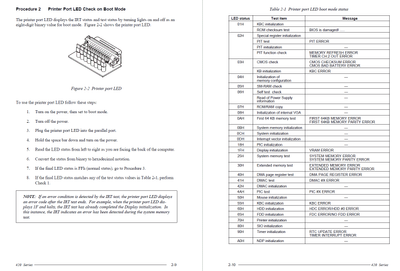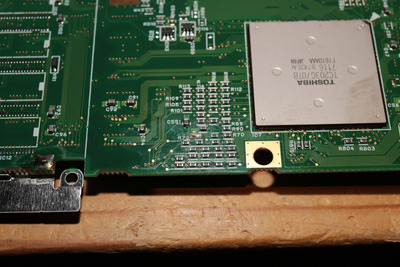First post, by Rikintosh
- Rank
- Member
I have this Toshibasatellite 220cds in my hands, but it doesn't show an image, nor does it rotate the HD, it just turns on the LEDs. My debug card connected via the serial port indicates that the last codes were 04, 05, but Toshiba used its own bios at that time (was it its own bios or just a different interface?), I can't say what these numbers mean I saw that it is common for these models to have this same defect, perhaps caused by a leak in the CMOS battery, mine has already been removed but there is a little damage/oxidation (which has already been cleaned) and I tested the components with a multimeter, and they are ok , I just couldn't test the motherboard tracks because my probe isn't delicate enough
Take a look at my blog: http://rikintosh.blogspot.com
My Youtube channel: https://www.youtube.com/channel/UCfRUbxkBmEihBEkIK32Hilg

